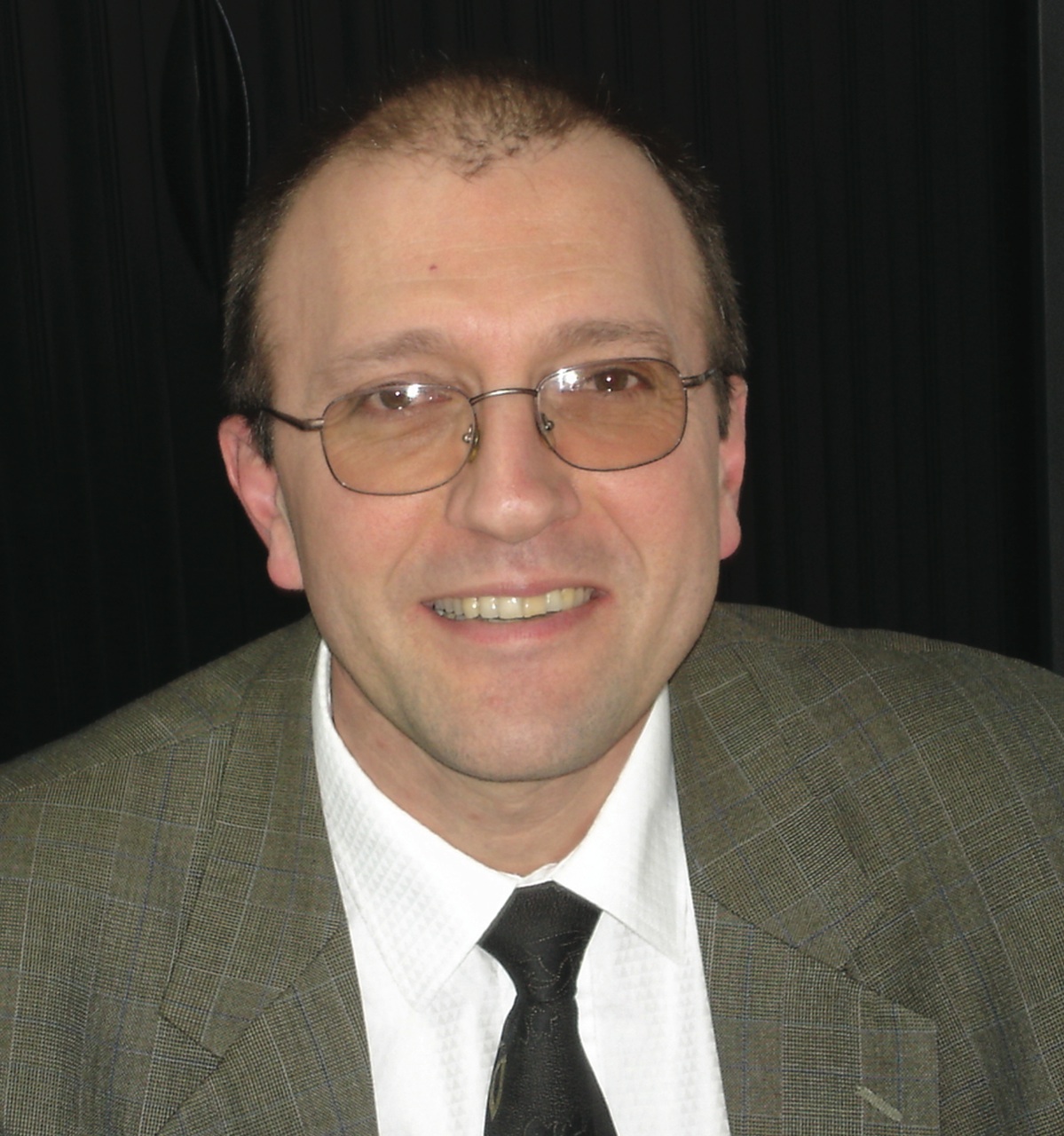 help
help
Home > Home > Looks on d'Alembert Institute
Interview of Philippe DEBLAY, Head of Industrial Connections of Synchrotron SOLEIL
Synchrotron SOLEIL, located on the Plateau de Saclay (in Saint Aubin, Essonne), is the French National Research Center that produces and uses synchrotron radiation. Research facility and service provider dedicated to research and industry, to study materials and living matter, SOLEIL is a non profit company of which shareholders are CNRS (72%) and CEA (28%).

Synchrotron SOLEIL is a particle accelerator (a 354 meter circumference storage ring) and a polyvalent platform of 29 laboratories called beamlines. How do those labs use the synchrotron radiation and what are their particularities?
The Synchrotron radiation created in the storage ring by bending magnets, undulators and wigglers is then guided by optic systems toward the experimental stations from each beamline, to obtain the beam spot size and energy range with the settings desired. Beamlines are specialized according to 3 main parameters:
- Beam spot size, adapted to the size of the objects being studied or observed, several dozen of nanometers at over 300 micrometers,
- Photon energy range: Terahertz (THz) domains; close infrared (IR); VUV/UV/Visible; soft, tender and hard X-rays,
- Analysis and observation methods available: X-ray diffraction/scattering (structural information); IR, UV, and X-ray spectroscopies (chemical information); IR, UV and X-ray and imaging/tomography X-ray (morphological information), analysis techniques of electronic and magnetic properties (photoemission electron spectroscopy, magnetic circular dichroism ...)
Can you talk about the types of access to SOLEIL offered to an external lab? And how IDA teams could also benefit from this platform and its analysis techniques using the high-performing beam of the synchrotron?
External teams, issued from companies or public laboratories such as IDA teams of course, can access to SOLEIL facilities and skills through 3 classic and complementary ways:
1) Bi-annual scientific call of projects:
Projects are selected by independent experts with thematic committees, due to a lot of requests. The delays are substantial (between 4 and 9 months after deposit) and the rate of unsuccessful projects is high (50%); acceptance of the project grants free access to SOLEIL, with the obligation to rapidly publish the experimental results.
2) Paying access:
Access is possible as it goes along, without any previous selection, rapid access and total confidentiality being guaranteed. The billing is classically proportional to the duration of the beamlines use and based on time spent by the staff of SOLEIL.
3) Research partnership:
SOLEIL and its partner(s) apply the sharing rule: partner's resources (intellectual, human, technical, financial), property of the results, profit-sharing ...
How does the Synchrotron SOLEIL stand on the international scene?
Besides scientific and technological partnerships with most of the other centers of synchrotron beam abroad and with some important laboratories internationally recognized, SOLEIL is welcoming foreign groups and users; in 2012, 40% of users visits were made by European teams (mostly from United-Kingdom, Italy, Spain, Germany, Belgium and Switzerland) and outside Europe (mostly from Japan, United States and Argentina).
